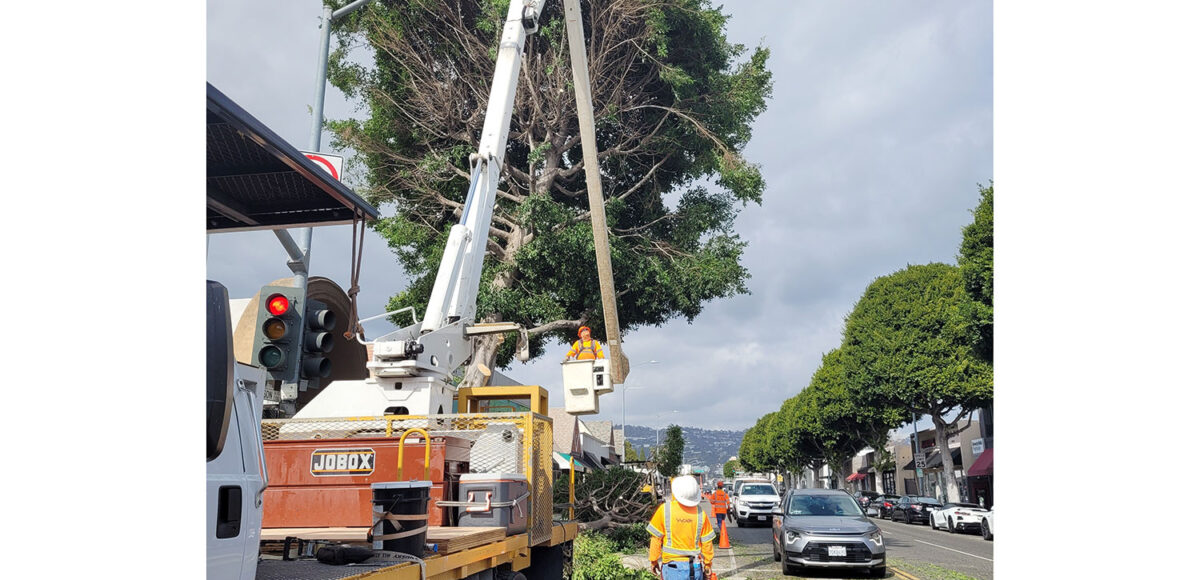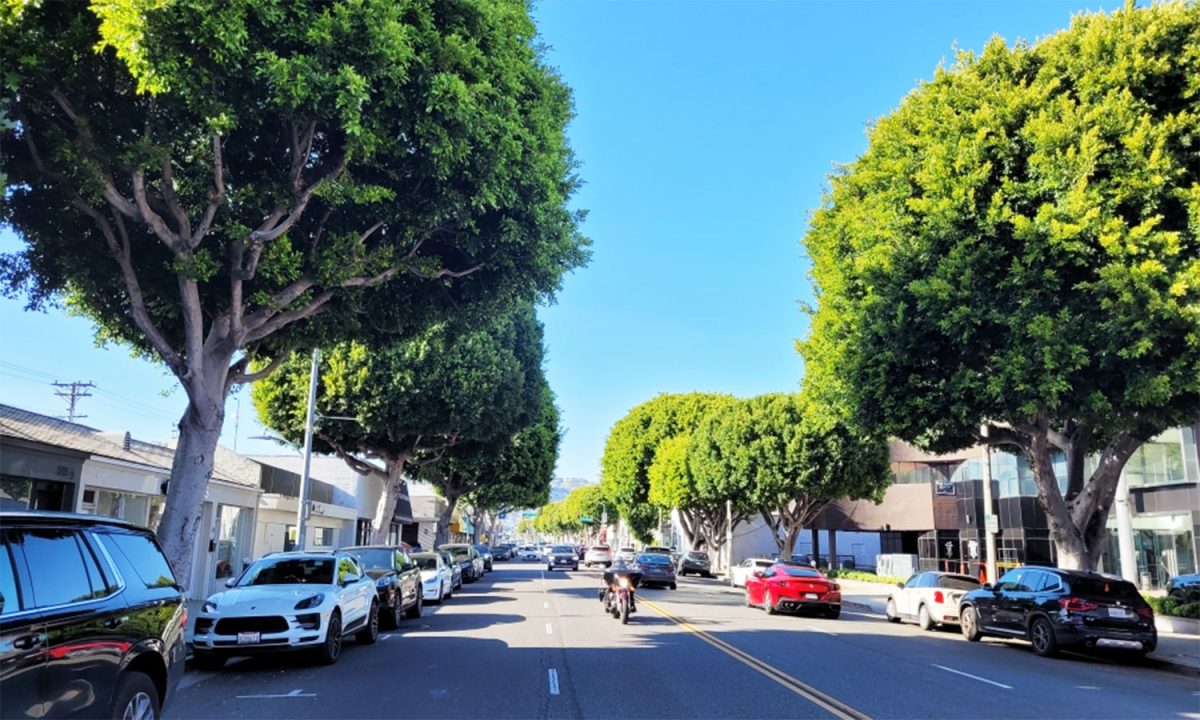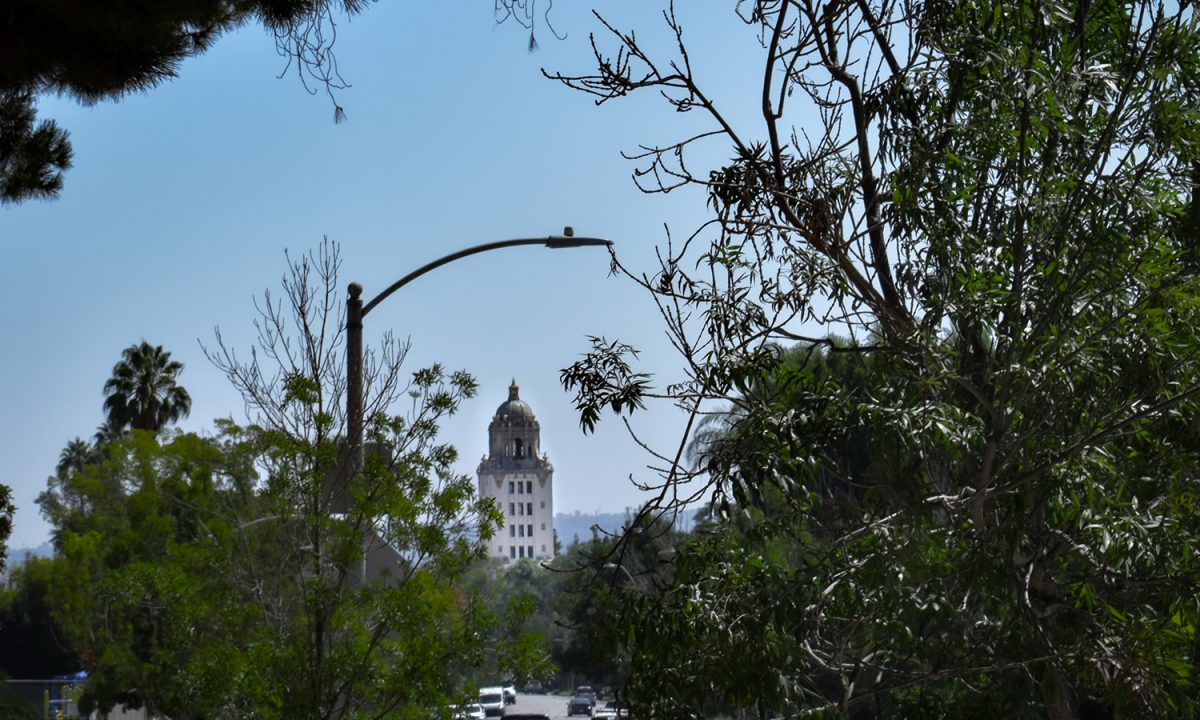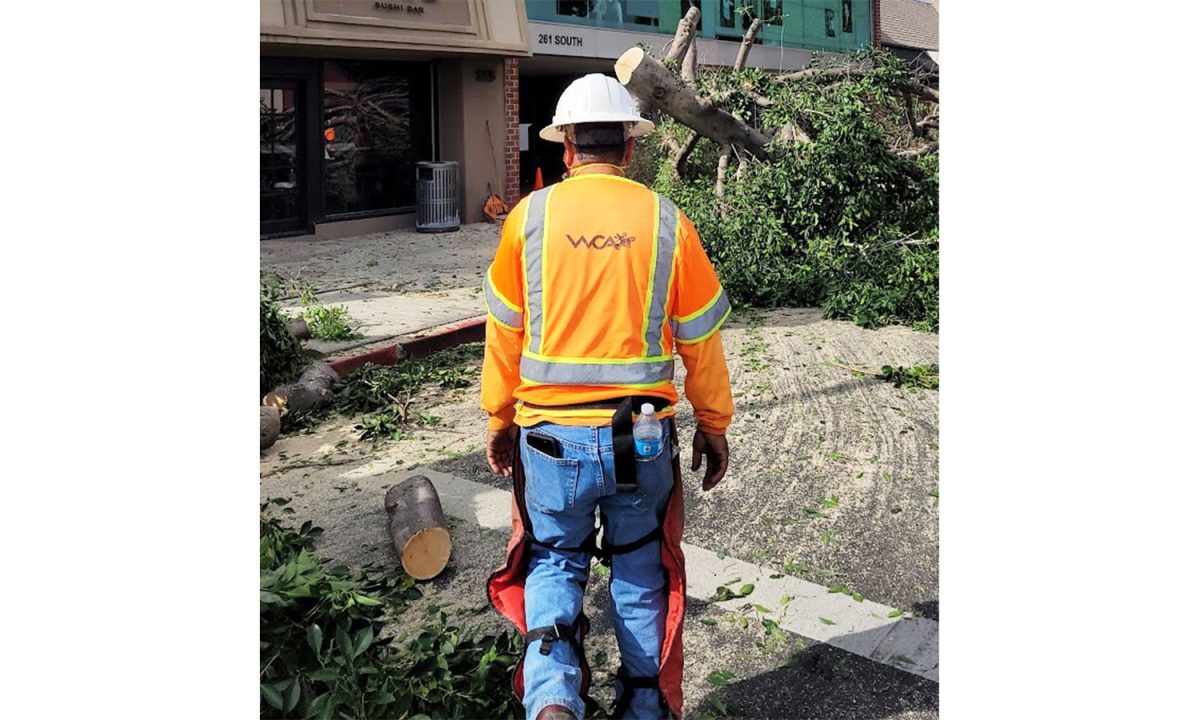Tree advocates have won a key legal victory in their lawsuit against the city of Beverly Hills. Los Angeles Superior Court Judge James C. Chalfant issued a preliminary injunction on July 27 forbidding the removal of 36 Ficus trees on Robertson Boulevard until the case concludes.
The preliminary injunction replaces the temporary restraining order that first halted the removals in April.
“My clients are ecstatic and relieved because the removal of trees is permanent and a lot of heart and soul went into preparing this motion for preliminary injunction,” attorney Jamie T. Hall told the Courier. “Our clients are thankful that the judge enjoined the city from removing the trees so that we can have a full, fair and complete trial on the merits (of the lawsuit).”
According to the opinion, Chalfant weighed two key factors when considering the injunction: whether the plaintiffs were likely to succeed on the merits of the lawsuit and which party was likely to suffer more harm.
Ultimately, Chalfant sided with the plaintiff’s claim that the city’s tree removal and sidewalk repair plan was not exempt from the California Environmental Quality Act.
“Obviously, we were disappointed by the issuance of the preliminary injunction and felt that this activity falls squarely within the (CEQA) categorical exemption for repair and maintenance of existing facilities, including existing sidewalks and gutters,” Beverly Hills City Attorney Laurence Wiener told the Courier. “While the court believed that our interpretation was reasonable the court decided to interpret the exemption narrowly.”
The preliminary injunction only affects the removal of the 36 trees and the rest of the sidewalk repair program will continue as planned, Wiener added.
Hall believes that the judge’s interpretation of the CEQA exemption indicates that the plaintiffs are likely to succeed on the merits of the lawsuit.
“I’m very optimistic (about the case) because the judge held as a matter of law
that the categorical CEQA exemption did not apply,” said Hall. “I don’t see how the city is going to get around that at trial.”
When it comes to the matter of harm, the judge acknowledged that the damage caused by tree removal is permanent. However, he was not convinced by the city’s claim that it would incur damages of $10,000 a week by halting the removals, stating “the city fails to show how it owes the contractor any amount for project delay.”
In February, the city began carrying out its plan to replace 86 Ficus trees with crape myrtles and Mexican fan palms to perform sidewalk repairs on Robertson. The city is arguing that the trees must be removed as a matter of public safety due to tripping hazards and infrastructure damage caused by their roots.
This plan sparked alarm from a group of residents who sought to preserve the mature shady trees and believe that the replacement trees will not provide equivalent shade or environmental benefits. After an effort to have City Council halt the removal failed and 50 trees were felled, the group filed a lawsuit on March 29.
If the plaintiffs prevail with their lawsuit, the city will be required to perform a full environmental analysis under CEQA before resuming the sidewalk repair program, said Hall. Alternatively, the city could reach a settlement with the plaintiffs and agree to a new approach.
“There are alternatives (to tree removals),” said Hall. “Ficus trees are extremely tolerant to root pruning and there are other technologies that exist that would prevent the roots from lifting up the sidewalks on an ongoing basis.”






